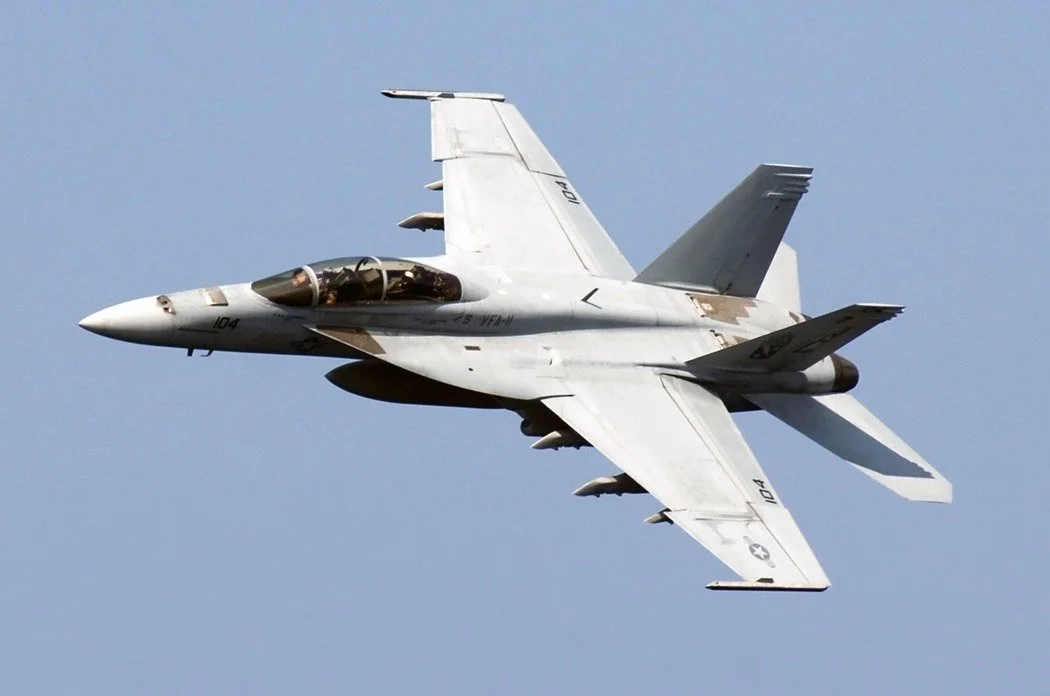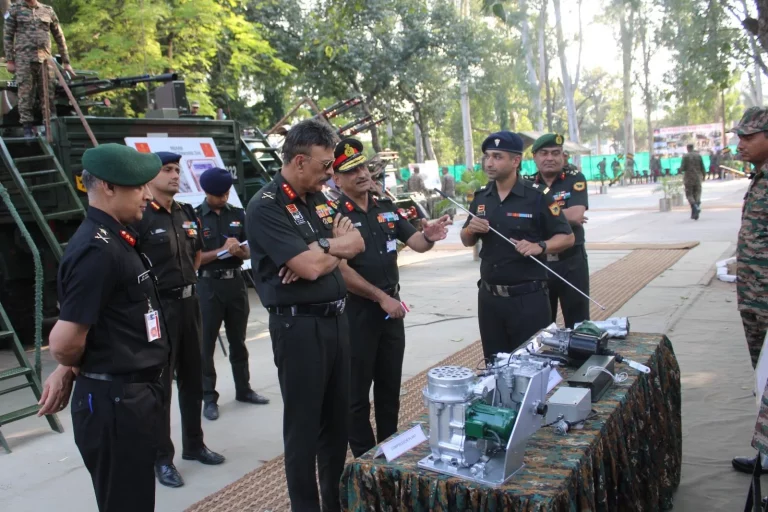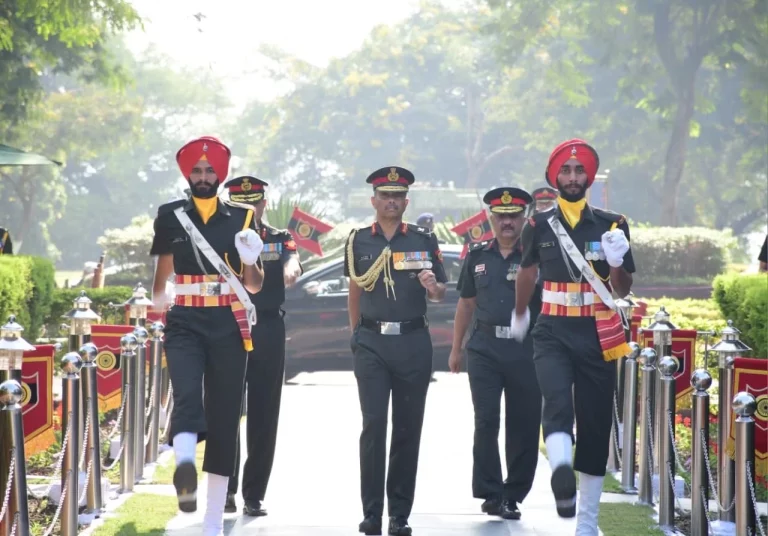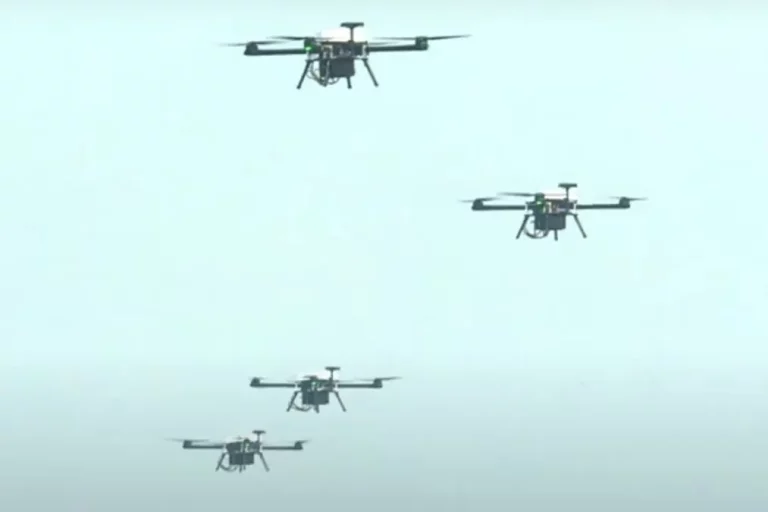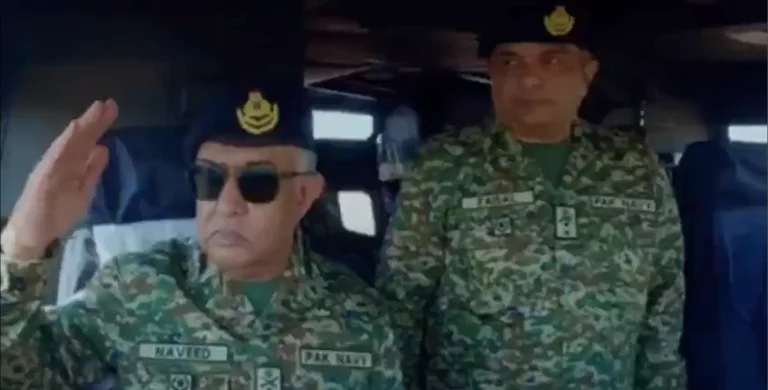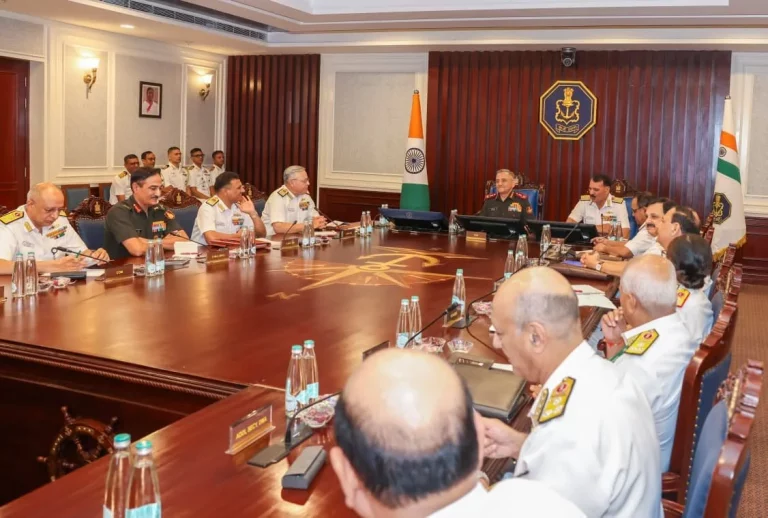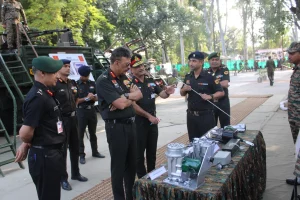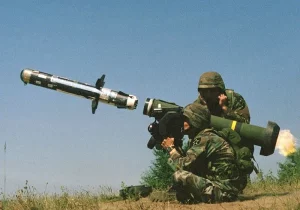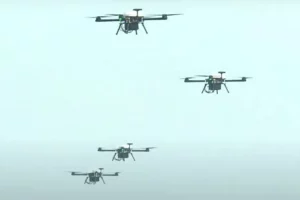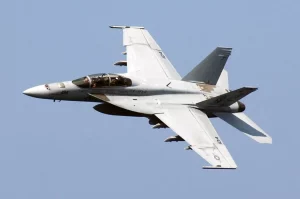A US Navy MH-60R Sea Hawk helicopter and an F/A-18F Super Hornet fighter jet experienced separate crashes during routine operations over the South China Sea on Sunday, as confirmed by the US Pacific Fleet. Fortunately, all crew members involved were rescued safely, and there were no reported fatalities.
The Navy reported that the MH-60R Sea Hawk, which is part of the “Battle Cats” unit of Helicopter Maritime Strike Squadron (HSM) 73, went down around 2:45 p.m. local time while operating from the aircraft carrier USS Nimitz. Search-and-rescue teams promptly retrieved all three crew members from the helicopter.
Shortly thereafter, at approximately 3:15 p.m., an F/A-18F Super Hornet, belonging to the “Fighting Redcocks” of Strike Fighter Squadron (VFA) 22, crashed into the sea during flight operations from the same carrier. Both pilots ejected successfully and were reported to be in stable condition post-recovery.
The US Navy has initiated an investigation to determine the causes of both incidents. The crashes coincided with heightened geopolitical tensions as US President Donald Trump was visiting Asia for the ASEAN Summit in Kuala Lumpur, where he was slated to meet with Chinese President Xi Jinping to discuss trade and regional security matters.
The timing of the aircraft incidents has raised eyebrows, particularly amidst the backdrop of escalating military activities and ongoing rivalry in the South China Sea—a region marked by strategic competition between Washington and Beijing. Recent weeks have seen increased tensions following a series of economic measures enacted by both nations.
The USS Nimitz, which is among the world’s largest and oldest aircraft carriers, is anticipated to be decommissioned next year. This incident is part of a concerning trend of US Navy aviation mishaps, including recent losses of two Super Hornets in the Red Sea and two warplanes from the USS Harry S. Truman in the Middle East.
With each F/A-18 fighter jet valued at over $60 million, these incidents underscore the operational risks that are inherent to carrier-based aviation in increasingly contested waters. As the investigations proceed, military officials will be closely monitoring the situation and assessing the implications of these crashes on naval operations in the region.
